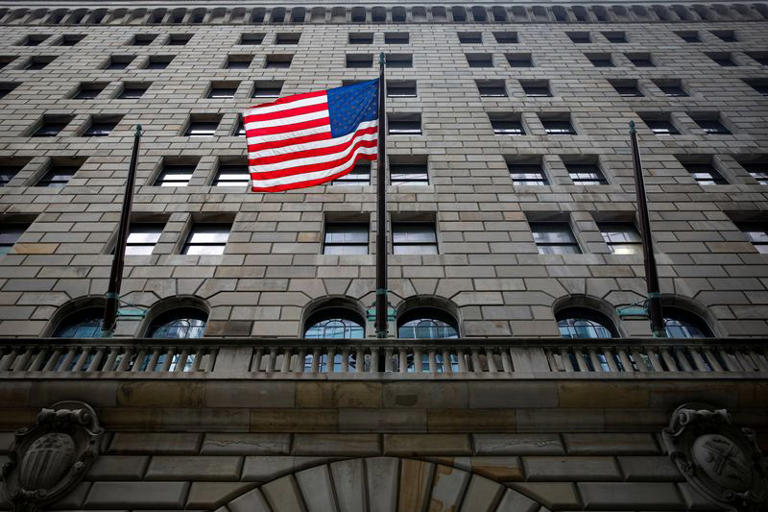The Federal Reserve Bank of New York sheds light on the evolving perceptions of Americans regarding inflation and the broader economic landscape. One of the central findings of the report is the mixed sentiment among consumers, particularly concerning expectations for inflation and worries about debt payments.
In terms of inflation expectations, the survey conducted in March revealed that Americans anticipate inflation to remain at 3% a year from now, reflecting a sense of stability in their outlook. However, there is notable variation in expectations for specific goods and services, with forecasts indicating potential increases in the prices of essential items such as food, gasoline, rent, college tuition, and medical expenses. Interestingly, the anticipated rise in home prices remains consistent at 3% for the sixth consecutive month, suggesting a degree of steadiness in the housing market.
The findings of the report coincide with ongoing discussions among Federal Reserve officials, traders, and investors regarding the trajectory of inflation and its implications for monetary policy. The unexpected strength in hiring data for March has added complexity to this debate, leading to speculation about the timing of potential adjustments to Fed interest rates. Concerns have emerged regarding the possibility that inflation may not meet the Fed’s target of 2%, contributing to uncertainty in financial markets and differing expectations regarding the timing of rate cuts.
Despite fluctuations in inflation metrics, Federal Reserve policymakers have maintained a relatively optimistic stance on the trajectory of projected price increases. They emphasize the significance of expected inflation in shaping actual inflation levels, underscoring the importance of consumer sentiment in driving economic outcomes.
Looking ahead, the upcoming release of Consumer Price Index (CPI) data for March is expected to provide further insights into price pressures. Projections suggest an increase of 3.4% in the CPI compared to the same month last year, with core inflation, excluding food and energy, expected to rise by 3.7%.
In addition to inflation expectations, the report also highlights mixed perceptions regarding the labor market. While respondents expressed concerns about job prospects, expectations for earnings growth remained unchanged. However, worries about missing debt payments increased, particularly among lower-income households and respondents aged 40 to 60.
The challenges related to debt are further underscored by Federal Reserve data indicating that more consumers are facing difficulties, attributed to higher borrowing rates and reduced savings following the phasing out of pandemic support measures. This trend reflects broader economic shifts and underscores the importance of ongoing monitoring and analysis of consumer sentiment and financial trends.
